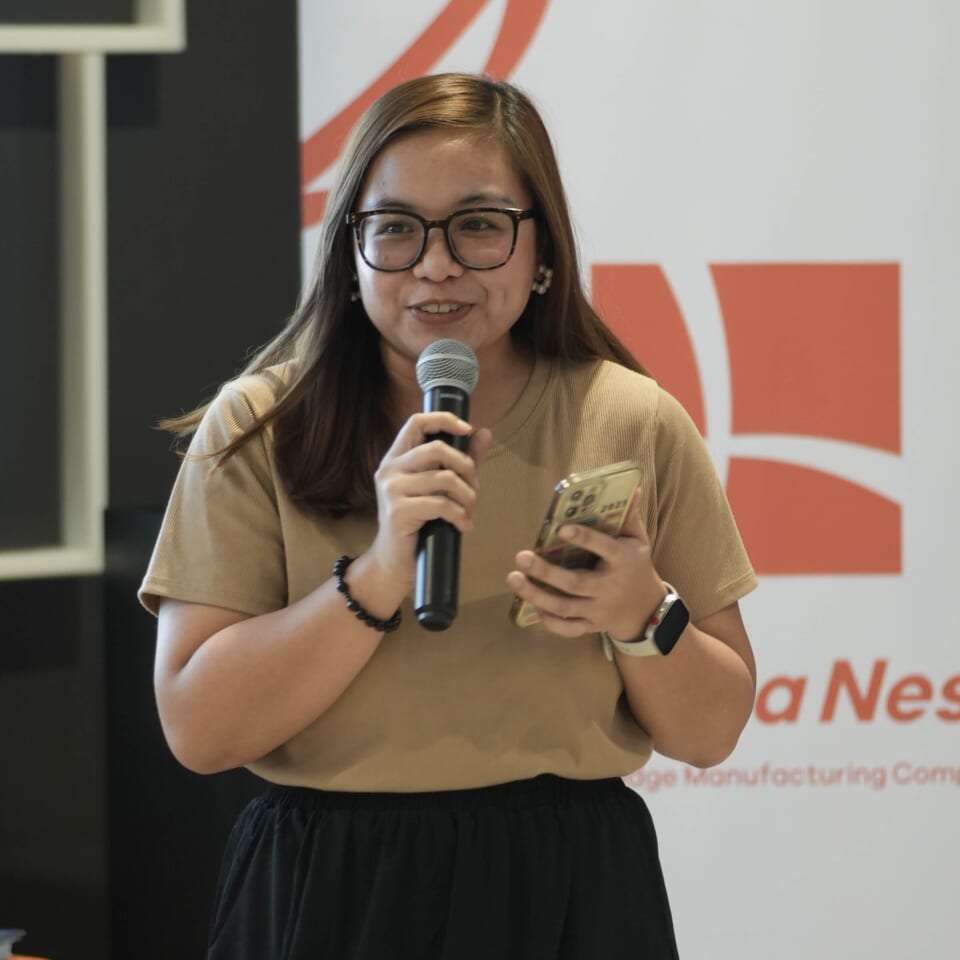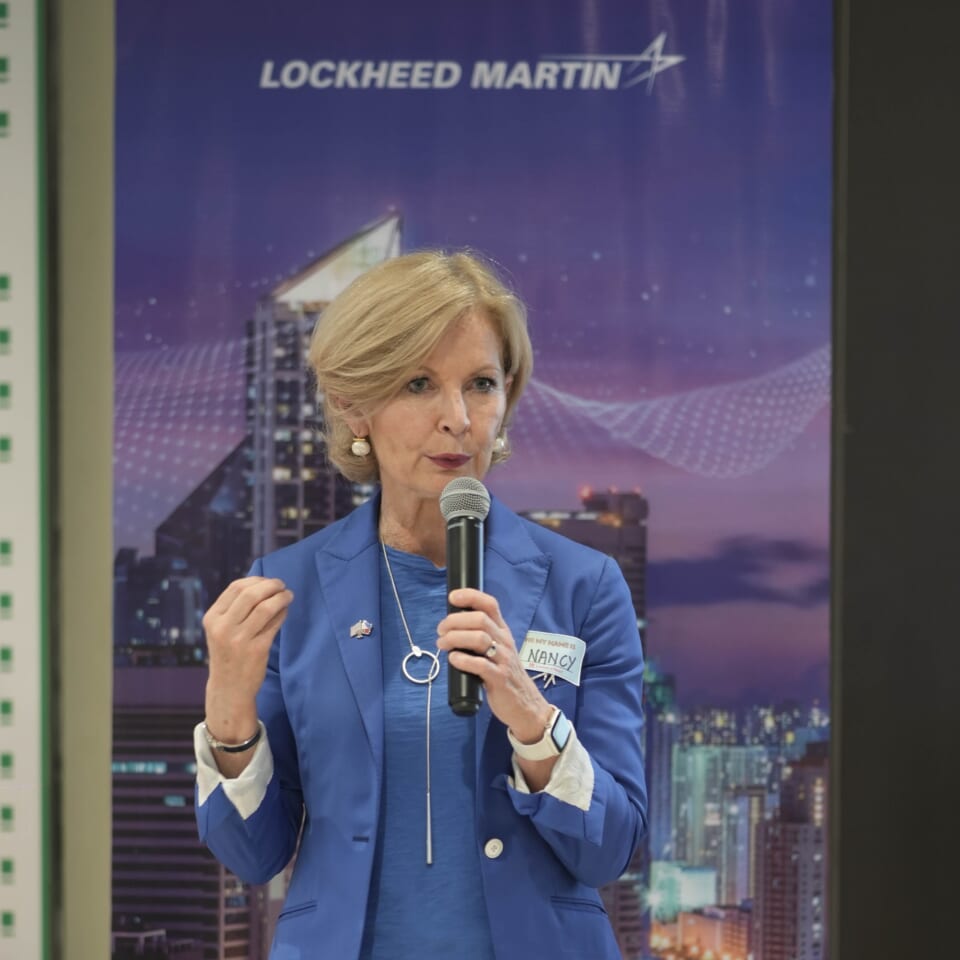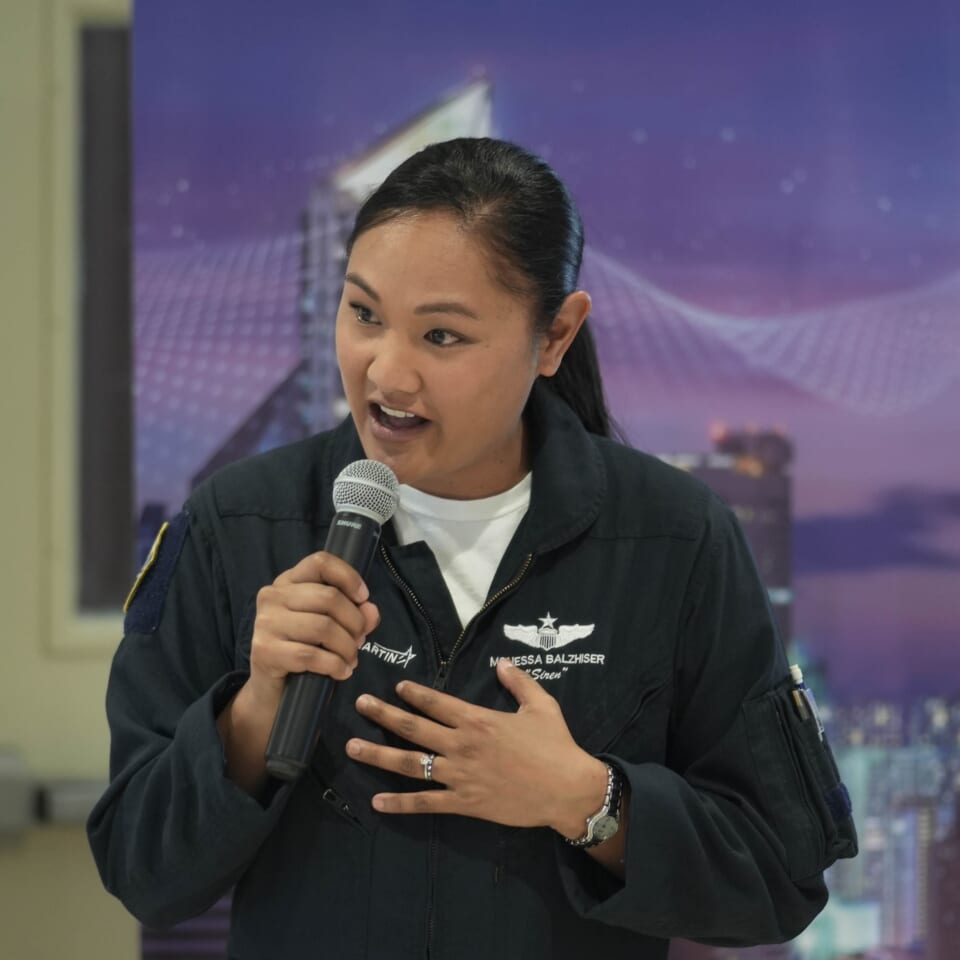Lockheed Martin Sparks Young Filipino Imaginations through Algorithm and Biomimicry Workshop with Leave a Nest and PLDT

Lockheed Martin has always been committed to supporting science, technology, engineering and mathematics (STEM) education and recognizes the importance of fostering curiosity and passion for these areas among the next generation. They recognize the significance of nurturing highly-skilled and proficient STEM talent, as it is crucial for maintaining advancements, fostering innovation, and securing competitiveness. With this in mind, Lockheed Martin frequently partners with like-minded organizations to develop programs that inspire and prepare the next generation of scientists, engineers, and mathematicians.
In 2016, Lockheed Martin started the Global Rocketry Challenge with Leave a Nest (Japan) and the Japan Model Rocket Association for junior and senior high school students who are interested in science and engineering. The six-month initiative equips young students with the ability to apply fundamental physics, mathematics, and other subjects in an engaging and collaborative way, using model rockets as a learning tool. The annual challenge, now in its ninth year, underscores Lockheed Martin and Leave a Nest's shared commitment to STEM education and their aligned missions.
Bringing such commitment to the Philippines, Lockheed Martin collaborated with Leave a Nest Philippines in creating a Science Experiment Workshop to inspire Filipino high school students to become the next engineers and innovators. Decoding Nature: Engineering Innovation Through Biomimicry and Algorithms workshop welcomed 16 students from Grade 7 to 12 at PLDT Innolab last June 2, 2025 to learn about algorithmic thinking and experimented on nature-inspired gliders.
The workshop began with welcoming remarks from Ms. Dara Ever Juan, the Head of PLDT Innovations Lab and Ecosystem Partnerships or Innolab, who painted the venue as a collaborative playground and world-class facility designed to create opportunities with partners, focusing on research, next-generation product development, and innovation.
Following the warm welcome were inspiring messages from Ms. Nancy Ziuzin Schlegel (Vice President, International Government Affairs, Lockheed Martin) and Mr. William Blair (Vice President and Regional Chief Executive, Asia & India, Lockheed Martin). The two shared some of their childhood experiences that led them to where they are today – seeing what their relatives did and getting early exposure to the field of engineering. Another inspirational message was delivered by Ms. Monessa “Siren” Balzhiser (F-35 Production and Training Sr. Manager and Pilot, Lockheed Martin) who shared her experiences in building and creating things as a child, unaware at the time that they were foundational to her future career. She also shared personal anecdotes from her experience as a pilot, including the challenges she tried to overcome and the technologies that helped her and her colleagues along the way. Each speaker urged the students to keep asking how things work and, just as importantly, to keep building the answers with their own hands.

Ms. Dara Ever Juan |
 Ms. Nancy Ziuzin Schlegel Ms. Nancy Ziuzin SchlegelVice President International Government Affairs Lockheed Martin |

Mr. William Blair |

Ms. Monessa “Siren” Balzhiser |
With imaginations primed, the participants shifted from listening to doing under the guidance of Mr. Alexander Gali of Leave a Nest Philippines. Mr. Gali first broke innovation down to its logical core, teaching students to sketch algorithmic flowcharts that translate ideas into repeatable steps. The students then tried to fly gliders inspired by the falcon, sparrow, and albatross, observing their flight and comparing them with others. After observing their gliders’ current flight, the students made adjustments on the wings, tail and weights of their gliders with advice from the experts from Lockheed Martin to achieve the goal they set as a team. The exercise, Mr. Gali stressed, demonstrated “approach variance”: when the objective is clear, there is always more than one way to reach it—and every failed loop or stall is simply data for the next iteration.

Students discussing and making adjustments on their gliders |

Student flying his glider |

Student getting advice from Lockheed Martin Experts |

Student sharing her team’s learnings with everyone |
At the end of the program, the students were excited to bring home their own gliders marked with their new friends’ signatures, serving not just as a souvenir but also something that they can continuously explore even outside of the workshop. With this experience, Lockheed Martin, Leave a Nest and PLDT hopes the students will continuously pursue knowledge and grow to be the next innovators and engineers of the future.
————-
Leave a Nest continues to create opportunities and activities in education as it pursues its vision of “Advancing Science and Technology for Global Happiness”. Watch out for these activities in the Leave a Nest Group Facebook Page and Website.
